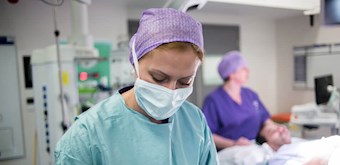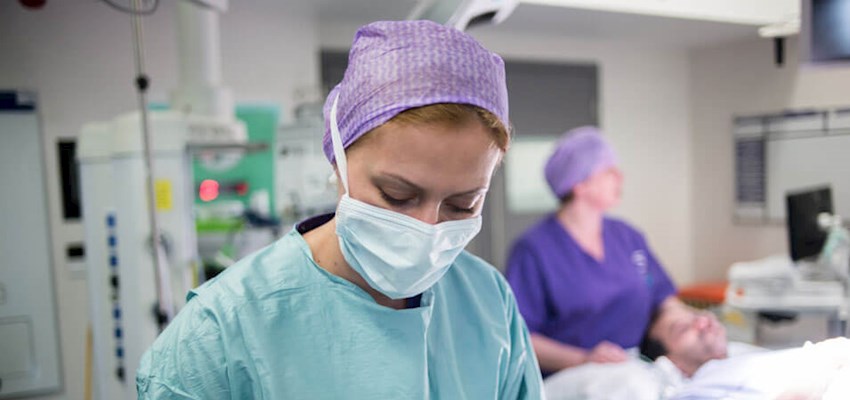Pseudarthrosis of the tibia
Incorrect lower leg fracture healing also referred to as a False joint
If your child has an unhealed fracture of the tibia, our leading surgeons can carry out advanced realignment surgery
What is pseudarthrosis?
Pseudarthrosis is associated with neurofibromatosis — a condition where tumours grow in the nervous system. A child may show signs of pseudarthrosis a few days after birth, or up to the age of two.
This procedure aims to mend an unhealed fracture (pseudarthrosis) in the longer bone of the lower leg (tibia).
This type of fracture, which usually happens spontaneously, is referred to as a 'false joint'. This is because the unhealed bone moves like a joint. A child with this condition often has an unnaturally bowed leg, which curves towards the front.
Need to know
-
What happens during surgery icon plus
Children with fractures and pseudarthrosis benefit from surgery. The procedure happens under general anaesthetic, so your child will be asleep throughout.
The curved and fractured part of the bone is removed and replaced with a healthy portion of bone. This is usually taken from the smaller lower leg bone (fibula) in the opposite leg. Another approach is to insert a metal rod into the bone and use bone graft from the opposite leg to stabilise the structure. With both procedures, metal fixators such as a cage, rods and screws may be inserted into the bone to provide further stability and to help the bone set and heal properly. -
How to prepare icon plus
Your consultant will explain the procedure and answer any questions you might have. In the week before surgery, it’s important that your child stays healthy. Let your consultant know if your child has recently had a cold or a sore throat, as surgery may need to be postponed to reduce the risk of complications. Because general anaesthetic is used during the procedure, your child may need to fast for several hours before the operation. Your consultant will tell you how long they should avoid eating and drinking. Like all procedures, there may be some risks and side effects involved. Your consultant will explain these to you. -
Afterwards icon plus
Your child will see their consultant two weeks after surgery to check progress. After 12-16 weeks, further surgery may be needed to strengthen the leg, with bracing or extra metal implants. After corrective surgery, they may have to wear a bracing for a prolonged period of time. Your consultant will advise.
Our paediatric orthopaedic consultants




Our locations
From complex paediatric orthopaedic surgery to diagnostic tests and scans, we provide exceptional orthopaedic care across our network of hospitals, outpatient centres and specialist clinics.
Book an appointment
Our team can help with any enquiries or you can make an appointment with one of our experienced consultants.
Call us today
020 7079 4344